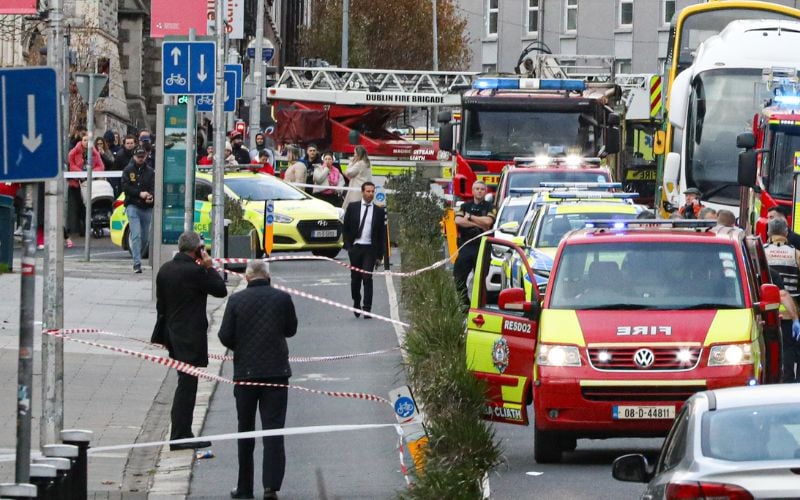Irish house prices fell in value at the second-fastest rate in Europe last year – and five times faster than the European Union average.
New data researched by academics at the National University of Ireland suggest Irish property prices are now almost 30 per cent below their 2010 values.
The Irish Times reports that the figures have been published by Maynooth University’s All-Island Research Observatory show.
The findings suggest that Ireland has had the worst-performing property market in the EU over the last six years.
The Spanish and Bulgarian markets have performed almost as badly in recent years.
However the latest Irish data does offer some glimmer of hope that a recovery may be in sight or that the worst of the price falls are over at least.
The figures are compiled from Eurostat price surveys. They show Ireland reporting the third-highest quarterly property increases in the third quarter of last year with prices going up by 1.6 per cent over a three-month period.
The Eurostat agency compares housing sectors across all 27 European Union countries.
Only Estonia and Latvia experienced more dramatic falls over the last six years but both markets subsequently recovered. Irish prices have yet to stage a similar recovery.
The Eurostat House Price Index shows prices across the EU declining by 1.9 per cent last year when compared with the same quarter of 2011.
Prices in Estonia went up by 8.4 per cent last year, an EU high. Luxembourg saw increases of 7.1 per cent while prices in Finland went up by 2.1 per cent.
The largest decline in 2012 was in Spain where prices fell 15.2 per cent year-on-year.
Irish prices were down 9.6 per cent in the 12 months to the end of last September.
Maynooth professor Rob Kitchin told the Irish Times: “The scale of the price collapse in Ireland is as a result of a perfect storm of a banking and economic crisis coinciding with a dramatic oversupply across the market.
“We have recorded declines in other countries and while some, like Spain, have mirrored the Irish experience, most countries, where over supply was not a problem, have seen price falls which are more modest.”
Professor Kitching added that few positives could be drawn from the figures from an Irish context.
He said: “Looking at the data, you could say the declines have levelled off and are even marginally on the increase, but the increases are primarily being driven by sectors of the Dublin market where there is not an oversupply.
“There is no question that there is a shortage of good family homes so there will be a recovery there first, but elsewhere an oversupply will keep the market depressed for a very long time.”




Comments